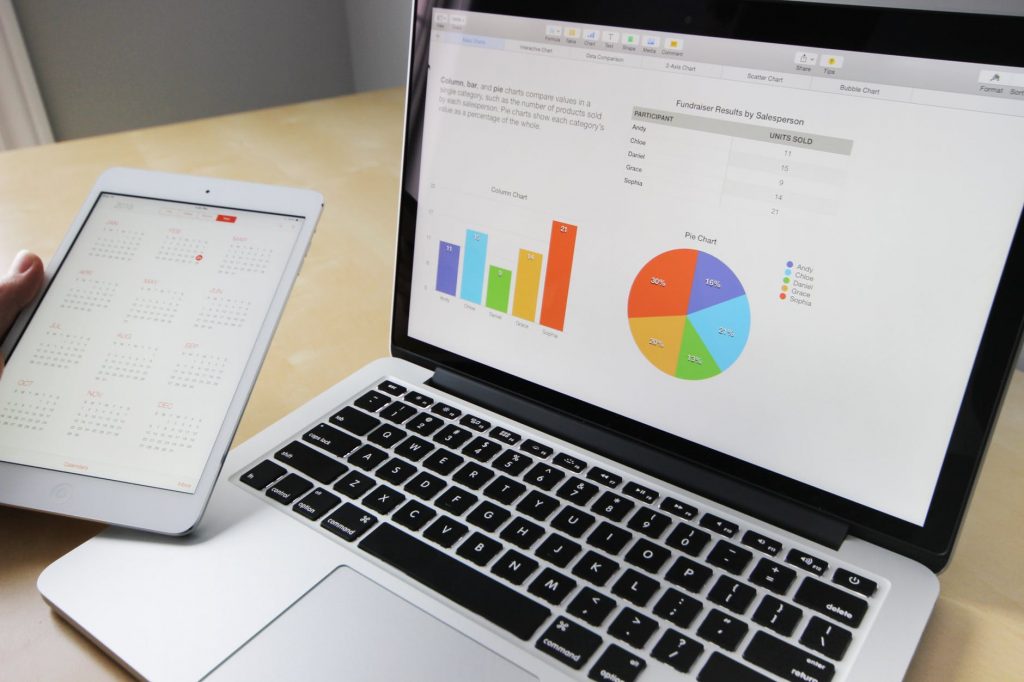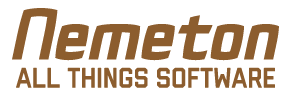Types of Healthcare Information Technology
The normal person often does not consider health care information technology. They frequently don’t consider how it impacts the health care sector. However, its effect has altered patient care on a worldwide scale. The implementation of the systems in practices and hospitals have monumental results. Each year more health care providers are taking measures to alter the way their company manages their internal procedures.
But selecting the best one for the company can be perplexing. There are lots of types of health care information technology (HIT) and with lots of that software sharing similar capacities, it is difficult to differentiate one from the following. That is why we’ve created a primer that will assist you break down the fundamentals.
What’s Health Information Technology?
the broadest sense, HIT is the use of information technology to health care. It is one other way to describe the extensive management of data among customers, clinicians, authorities, quality stuff and insurance companies.
Using health information technologies boosts the quality and efficacy of health care. It promotes public and individual health and increases the accuracy of investigations. The program also reduces costs and medical errors, while enhancing the efficiency of the clinical and administrative procedures.
How Many Groups Are There?
There are 3 chief sorts of health information technology and four “subcategories.” You’ll discover these exist in the two hospitals and doctor offices and are valuable for all kinds of providers.
Practice Management
As its name suggests, clinic management programs help you handle different clinical and administrative characteristics of your practice. This program centralizes different systems so that you may run things better. It simplifies virtually every task that suits beneath the “health info management” umbrella.
PM program takes away anxiety and can help you maximize your time. Your overall aim is to assist you to provide better short- and – long-term individual attention, and with the suitable system set up, you’re exceed patient expectations.
EMR
Electronic health record (EMR) systems are among the most common medical applications classes. EMRs substituted paper documents by digitizing clinical charting, making electronic versions of graphs and individual histories. These programs may also alert you if patients are expected for preventative processes and screenings. Additionally, EMRs help doctors treat patients by looking at their background and assessing their health information against previous entries.
EHR
Electronic health record (EHR) systems operate similarly to EMRs, although the former is now a stronger system all around. EHRs permit you to assess a patient’s background, diagnoses, therapies, medications, allergies, X-rays, evaluation results and much more. A patient undergoing ivf gender selection can have their previous health data accessed used in screening and decide whether it is safe to choose the gender of the baby. A big gap to notice is the way that data is shared with everyone. Information from EMRs can only be looked at within one workplace while EHRs may share patient information with different EHRs. When a patient goes into an emergency room, they may be suitably treated as different doctors will have access to their own information.

Four Subcategories of Healthcare Information Technology
These programs often incorporate with clinic management applications to present powerful purposes and improved patient care.
Patient Portal
Patient portals help individuals see all you would see in an EMR and EHR, such as patient history, therapies and drugs. They could check on documents or additional notes that you depart for them when they are not in your workplace. These programs have grown in popularity among physicians and healthcare clinics in the past couple of decades. Today’s consumer expects more accessibility and transparency than ever before, so it is no wonder why portals are getting to be an industry norm.
Scheduling
Scheduling program oftentimes goes awry using a patient portal. It is possible to guide patients to log into their accounts and schedule appointments if it is suitable for them. Providing patients that the availability to handle their particular scheduling radically reduces your traffic.
As opposed to calling whenever they wish to create a scheduled appointment, patients may get on the internet through their favourite mobile device. In the current digital era, most patients select this choice to take care of scheduling by themselves anyway. It could possibly be among the biggest benefits to simplifying a little but critical procedure.
Medical Billing
Among the very time-consuming jobs for clinics is handling all aspects of billing. It is particularly true for active hospitals and clinics whenever there is not much time to spare for many jobs in the first location. That is where medical billing program measures in. This sort of system simplifies patient billing and submitting insurance claims. When there’s a problem like a late payment, then the system alerts you so you can behave so. Clinics can even utilise offshoring solutions to assist them with accounting and other general bpo.
ePrescribing
Preventing prescriptions to pharmacies could be tedious when generating orders for numerous patients. To expedite the procedure, doctor offices started using ePrescribing computer software. In only a couple of clicks that a prescription is delivered, filled and waiting patiently for the individual when they reach the drugstore. Furthermore, ePrescribing systems guarantee there is never a prescription combination up because of difficult to decipher handwriting.
The machine displays the prescription in the drugstore, ensuring patient safety by providing them the right one. A research by Decision Resources discovered that using ePrescribing applications has improved the prescribing of generic medication. You are ready to keep much better track of individual records and supply more cost-effective drugs.
Implementing Health Information Technology
Though HIT provides many potential advantages, people and institutions are slow to embrace the technology. Sometimes, the problems are financially encouraged. Even if financial incentives are supplied by the national authorities, implementing HIT may be overly expensive of a turn away for suppliers.
Category: Blogging




